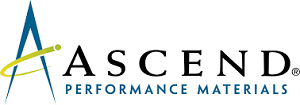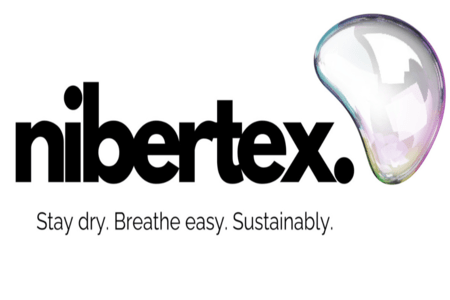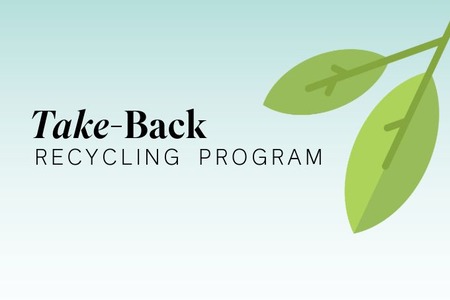
US-based Ascend Performance Materials is moving forward on its nylon 6,6 chain capacity expansion programme with additional investments for 2019 through 2021-2022
YarnsandFibers News Bureau 2018-06-04 11:39:00 – USAAscend CEO McDivitt said that, “We have a large and growing business in nylon 6,6 and intermediates in Asia that has come from the development of strategic partnerships with Asian customers, and the confidence they have in our reliability which we have demonstrated over the last decade.†He added that, “As we have continued to invest in our business – in capacity and reliability – those investments have paid off in growing relationships.â€
He said that growth in the nylon 6,6 market is being driven by three areas – automotive airbags, automotive engineering plastics and cable ties for fastening. Also quoted that, “We see very good growth particularly in airbags, which is being driven by Asia where there has been an increasing level of regulations on the minimum number of airbags in a vehicle. We see that continuing in the next several years. “Asia has a long way to go. We see a double effect there where you need more airbags per vehicle, and also an increasing number of vehicles being produced and driven,†he added.
Ascend declared its current expansion plan in October 2017, which entails a 10-15% increase in capacity across intermediates and polymers in the nylon 6,6 chain. The company also recently announced updated capacity figures related to its nylon 6,6 intermediate adiponitrile (ADN), noting an increase between 15-20%.
McDivitt said that, in intermediate hexamethylene diamine (HMDA), Ascend has made some minor debottlenecks, but plans more towards the end of 2018, adding a total 10-15% to current capacity.
US-based Ascend Performance Materials is moving forward on its nylon 6,6 chain capacity expansion programme to be completed by the end of the year, and is planning additional investments for 2019 through 2021-2022. Ascend CEO Phil McDivitt, quoted that, “Our expansion plans are on track and we have further plans out through 2021-2022. We see global growth in nylon 6,6 of 3-4%/year and it is important for us to ensure the right amount of capacity is coming on to support that growth.â€
And nylon 6,6 engineering plastics and compounding feedstock for other automotive applications where heat and chemical resistance come into play are growing “at least 2x GDPâ€, “There is a lot of talk on electrification [of the automotive fleet] but in our analysis, we see a very good growth profile for nylon 6,6 – both on the combustion engine and electric vehicle side,†said McDivitt.
The CEO said that Nylon 6,6 capacity itself will also be raised by 10-15% by the end of the year. Some weeks ago, Ascend celebrated the addition of a new line at its Pensacola, Florida, site, Ascend produces acrylonitrile (ACN) at its Chocolate Bayou, Texas, site, which it mostly consumes internally. The ACN is used to produce ADN at its Decatur, Alabama, complex in a proprietary process described as its “crown jewelâ€. This is then used to make HMDA at the site. Ascend processes HMD with adipic acid at its Pensacola, Florida, site to produce nylon 6,6.ACN is not specifically mentioned in Ascend’s expansion plan, but the company said it continually seeks to debottleneck all parts of its nylon 6,6 chain. “The beauty of our system is the ability to bring on increments of capacity that are more bite-sized, so we can effectively match the growth we see in market areas,†said McDivitt.
McDivitt expressed that China’s proposed 25% tariffs on nylon 6,6 among a list of 44 chemicals from the US is not a major concern at this point. He also said that, “The timeline is several months down the road and generally these things tend to work themselves out over time. We are not overly concerned as I do not think anything will happen in the near term,†The US approach is admittedly “tactic-wise, different than what we have seen between governments in the past†from a negotiating standpoint, he added. And in the unlikely case that these tariffs go into effect, a tight global nylon 6,6 and intermediates market would mitigate the impact, he said. He further said that, “The market is very tight. So if there is an artificial cost on top of the market, somehow the markets will rebalance and that cost gets passed on. I’m not very concerned because of specific market conditions on intermediates and nylon 6,6.†“This might create new regional dynamics, but we do not see it having a material impact on our business. We continue to study it,†he added. He noted that, with China already having in place antidumping duties (ADD) on US nylon 6,6 since October 2009 that have restricted imports of the polymer, the trade flows into China are more in nylon 6,6 intermediates – ADN and HMDA. Ascend is a producer in the entire nylon 6,6 product chain, including ADN and HMDA, and the US is a net exporter of both intermediates.
McDivitt sees the potential for greater volumes coming from refinery expansions in the US along with some propane dehydrogenation (PDH) plants being built on the propylene feedstock side. “We see propylene volatility pretty low going forward and in the mid-term feel very good about the cost side. The two periods of volatility in the past couple years have been supply-side driven and very short in duration,†said McDivitt. He added that,“ With US refinery investments going on and being contemplated, we see opportunities for additional propylene supply.â€
Traditional combustion engine vehicles require much more nylon 6,6 engineering plastics for heat resistance versus electric vehicles. However, companies such as Ascend are developing certain nylon 6,6 plastics specifically for use in electric and hybrid vehicles. The US administration’s plan to roll back auto emissions standards should not have any impact on engineering plastics demand, he said.“ Taking weight out of the vehicle is right for the consumer, and engineering plastics provide benefits beyond lightweighting – in functional form and chemical resistance,†said McDivitt.He added that, “The best solutions ultimately get implemented, and we have not heard from any OEM that they plan to make any change. It is always in the best interest of the automaker and Tier 1 supplier to work towards the right long-term solution and not chase regulations per se that can be changed with the stroke of a pen.†With strong growth in these areas and limited capacity expansions, McDivitt sees a healthy market for nylon 6,6 and intermediates lingering for years. He also quoted that, “We expect the market to be balanced to tight through 2021-2022. If you look at the bottlenecks and other expansion announcements, they pretty much match demand growth.â€
Market Intelligence
Ask for free sample Report

experience
Customer Base
dedicated team
Countries Served Worldwide









